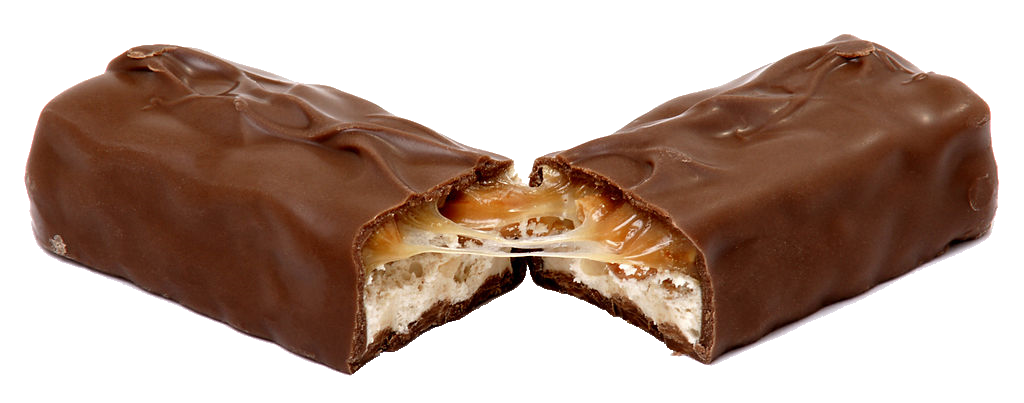3.8.24 Daylight Spendings
As we move towards Daylight Savings Time, turns out the only thing we’re saving is daylight.
Ben Franklin’s original idea was a good one. He reasoned that if we turned the clocks forward an hour in April, everyone would get an extra hour of daylight to work, to socialize, to do whatever. And since they would do it with the lights off, that would save energy.
Jump forward a couple hundred years, and you’ll find there’s an ongoing argument over whether springing forward saves any energy at all. True, we’re using less energy lighting our homes for that last hour before sundown. But most work places are largely closed by then, so there’s little savings there. And other common spaces like malls are still open, and in the warm weather they require an enormous amount of cooling, particularly in newly developed areas like Arizona. So critics of DST assert that the shift actually increases energy usage, as much as 4%.
If so, why do will still have it? And why does DST continue to expand across the calendar? When it was nationally instituted in 1966, DST was six months long. In 1986, it was increased to seven months. And in 2005, it was increased by another month, resulting in our current bizarre nomenclature where “Standard Time” is half as prevalent as “Savings Time.”
So, what sinister forces are at work here? Well, not surprisingly, the energy companies are certainly happy to support an “energy savings” measure that puts more money in their pockets. And when you consider “energy” you have to include gas for cars, and guess what people do with an extra hour of daylight? They drive around a lot, causing a spike in gas consumption. They drive to places like their local golf course (the golf industry lobby reports $400 million in extra revenue due to DST), or to a local park (the lobby for barbeque industry reports an extra $200 million).
And then we come to the most evil force of all: your children. The most recent expansion of DST was to extend it through the end of October. Now, it’s generally cold and dark by the end of October so why would we do that? Think about it, it will come to you…
Answer: one of the primary lobbyists for this extension was the National Association of Convenience Stores. They sell a lot of gas. And on one certain day of the year, they sell lots and lots of lots of candy. So it should come as no surprise that they lobbied heavily to ensure an extra hour of trick-or-treating daylight just before the end of DST…
Aw, isn’t that sweet! So set your clocks forward, we’re moving into Daylight Snickers Time.
